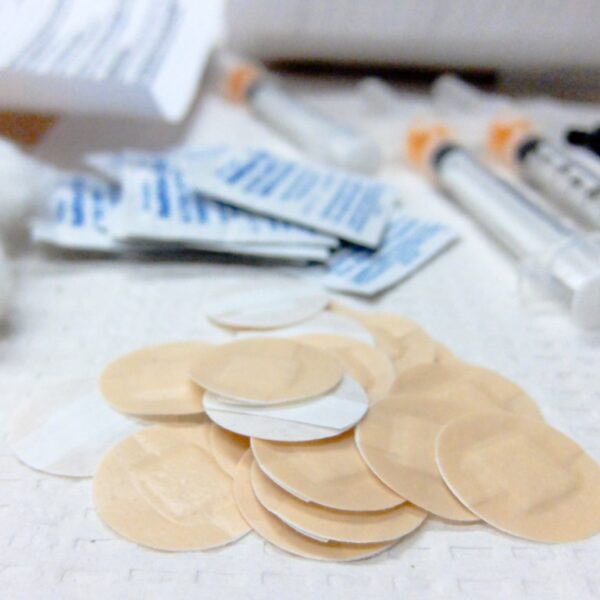
The ban on advertising relating to esthetic medicine
On Thursday 14 January 2016, the Constitutional Court has approved the provisions which govern advertising for acts of aesthetic medicine. The ban in principle on all public advertising for acts of aesthetic medicine is therefore approved.
This advertising ban on acts of aesthetic medicine supplements the arsenal that has been set up for several years by the Belgian Legislator. It is strengthened by heavy penalties in case of breach of this ban. Given the growing role of acts of aesthetic medicine and the commercial approach attached to such acts, the Legislator has decided for several years to regulate the practicing of aesthetic medicine. These acts shall be understood as “any surgical act aiming mainly to modify the bodily appearance of a patient for aesthetic purposes, with the exclusion of any therapeutic or reconstructive purpose” and “any non-surgical medical technical act carried out using any instrument, chemical substance or apparatus using any form of energy, passing through the skin or mucous membranes, and aiming mainly to modify the bodily appearance of a patient for aesthetic purposes, with the exclusion of any therapeutic or reconstructive purpose”.
In a previous judgment, the Constitutional Court had already specified that “the exclusion of any therapeutic or reconstructive purpose” allowed to understand the scope of the standard and that “the psychological benefit which accompanies the modification of the physical appearance is not sufficient in order to qualify this act as partially therapeutic”.
Immediately, this judgment sounds like an echo of the modification of the rules relating to VAT on acts of aesthetic medicine, introduces by the Law of 26 December 2015 relating to the measures concerning the strengthening of job creation and purchasing power. By this provision, the Legislator establishes a measure that is consistent in relation to the commercial dimension of such medical acts.
The multiplicity of appeals against all measures intended to regulate aesthetic medicine leads us to assume that this latest modification will also be subject to appeals. The ruling of the Constitutional Court on 14 January 2015 will surely be a driving force in settling these issues.
Associated areas of specialisation: Health and social security